The Independent's journalism is supported by our readers. When you purchase through links on our site, we may earn commission.
Big Sur: Exploring California's tourist hot spot turned ghost town
Landslides and storms have turned a former tourism darling on the California coast into an 'island' cut off from the rest of the world. Laura Chubb investigates
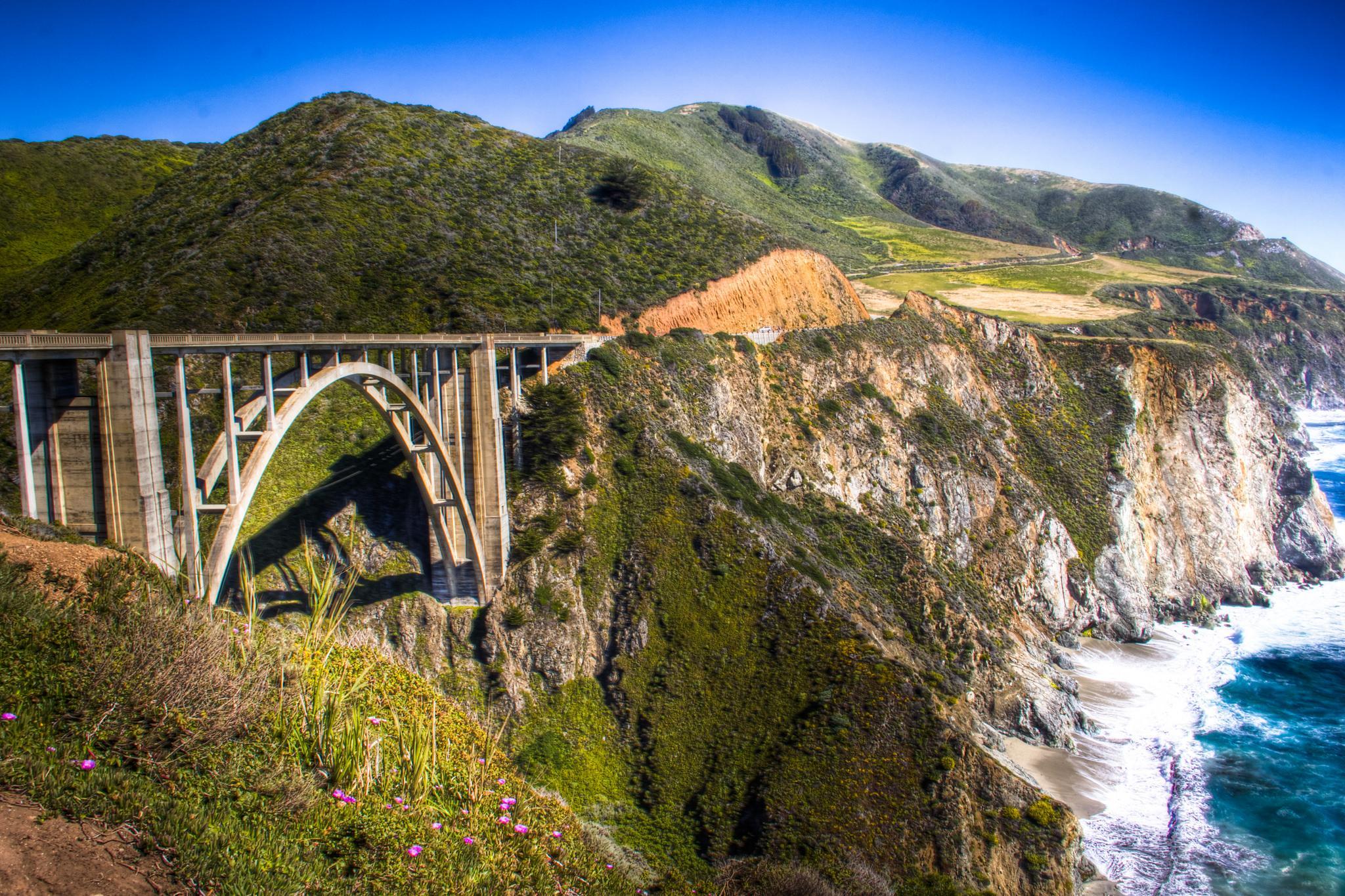
“Big Sur spits out the meek, so to speak. I read that somewhere,” says Jeanne Crowley, my “fixer” for the weekend. It’s a somewhat different sentiment from watercolourist Francis McComas’ better-known quote, from the early 1900s, proclaiming this extraordinary sweep of California coastline “the greatest meeting of land and water in the world”. But if this year has proved anything about Big Sur, it’s that there’s truth in both.
For three months now, one of the most visited stretches of Big Sur – probably one of the most visited stretches of California, even – has been completely cut off from tourists. And it’s not just that would-be visitors can’t get in. The people who live there can’t get out. See, a single road runs through Big Sur – Highway 1, the classic, cliff-hugging coastal route between San Francisco and Los Angeles. But thanks to some serious storms, a large chunk of the road has been forced to completely close, from both the north and the south. Cast adrift in the middle are some of Big Sur’s biggest attractions, like historic inn Deetjen’s and the famous restaurant, Nepenthe. Oh, and close to 500 residents, stranded along this isolated enclave of highway, which they have come to call “the island”. The community here has quickly had to adapt to life without shops, various basic services and, for the many running hospitality businesses, any way to receive customers.
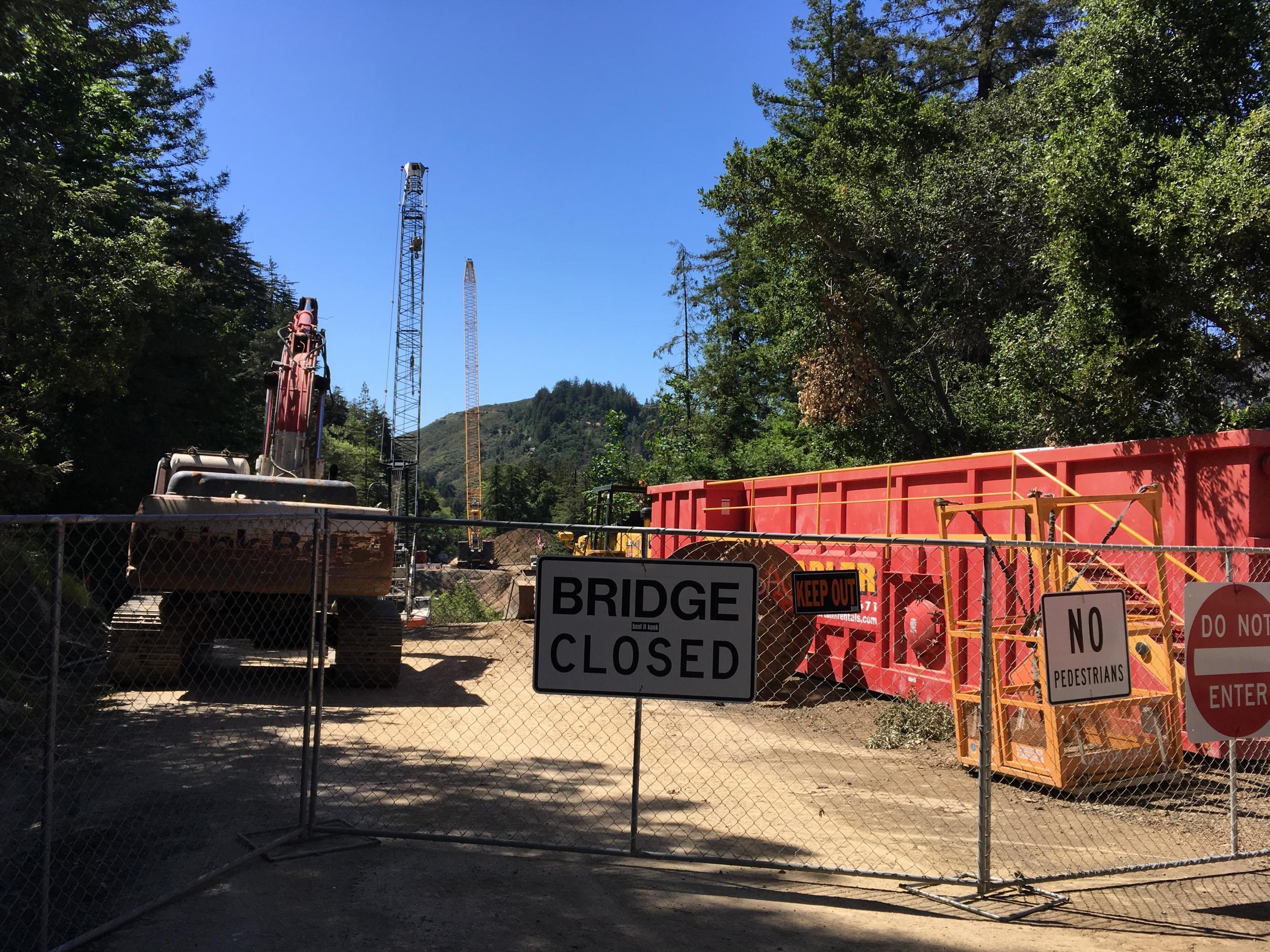
Here’s how it happened: around 150 miles below San Francisco, heavy rains pounded the ground underneath Pfeiffer Canyon Bridge badly enough that, in mid-February, it started sinking and had to be demolished, nixing all access from the north. (An unremarkable bridge at about 100 yards long, no one had really noticed it much before – until it vanished and left a yawning canyon.) To make matters worse, two large landslides – one at a point called Paul’s Slide, and one in the Mud Creek area – forced the highway to close around 250 miles above LA, prohibiting access from the south.
With the bridge a long-term problem, it had been hoped at least the slides would be cleared quickly and southern access would open up by April. Instead, the slides kept moving and then, just last weekend, another, even bigger landslide crashed over the highway at Mud Creek, causing more damage. Currently, Caltrans, the state’s department of transportation, is hopeful about restoring access from the south by early July (it affords the target date “medium probability”). The ETA for the new Pfeiffer Canyon Bridge, the only way to restore access from the north? “Mid-to-late September,” estimates Caltrans. Which means that, for now, those who live on “the island” just have to sit tight.
So this is why, on a sunny Saturday morning, I find myself tackling what some locals like to call “the Big Sur CrossFit” – a steep, one-mile hiking trail hurriedly dug into the surrounding forest to help kids get to school and grown-ups buy groceries. Before it was completed in late March, they were relying on helicopter drops for food. For now, this is how the majority of the stranded community access the outside world.
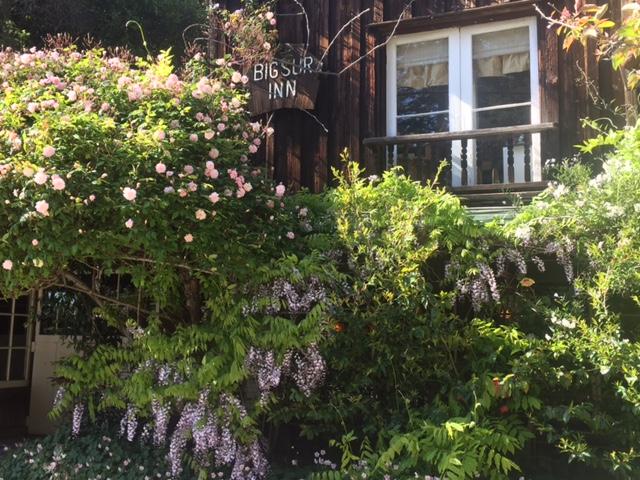
The trail traces a lovely route, passing rangy redwoods and giving views over green ridges, but it’s also an imperfect means of escape; I had to cancel my first attempt at visiting when yet more rain made the trail too dangerous to hike. Signs warn walkers to keep an eye out for rattlesnakes. Had I been here during the week, I’d have been joined by lines of children trekking to meet the school bus on the other side. As it is, I pass sweating locals loaded with shopping, bags strapped to both back and front.
“We were due something big,” says Jeanne, who was good enough to get me a press pass to access the trail – it’s strictly for residents, and there are large fines for unauthorised persons caught on it. Her blonde hair pulled loosely into a ponytail under a baseball cap, Jeanne tells me she’s lived in Big Sur most of her adult life, which means she’s seen plenty of storms and forest fires rage through (perhaps part of the intangible magic of the place is that it’s as erratic as it is sublime). But Deetjen’s, where she only last year started a job as manager, is now reeling after a “triple-whammy”. The inn’s collection of homey, rustic cabins, built in the 1930s, constitute a registered historic site, and it’s run as a non-profit, conserving rooms as they were first intended – no phones, no TVs, no locks. As tourism has boomed in Big Sur, so too has business at Deetjen’s, which was pretty much at 100 per cent, year-round occupancy. Until...
First came the Soberanes Fire, which started 22 July, took three months to extinguish and burned through an area four times as large as San Francisco, forcing evacuations, closing state parks and keeping visitors at bay. Then, after five years of drought in California, this winter’s rains arrived, with Big Sur said to have been hit with 1,150 per cent of its normal rainfall in February alone. Landslides dispatched by the downpour destroyed several of Deetjen’s’ cabins. Then the bridge collapsed. As a non-profit, Deetjen’s has no financial reserves, and is now relying on donations from former guests to survive.
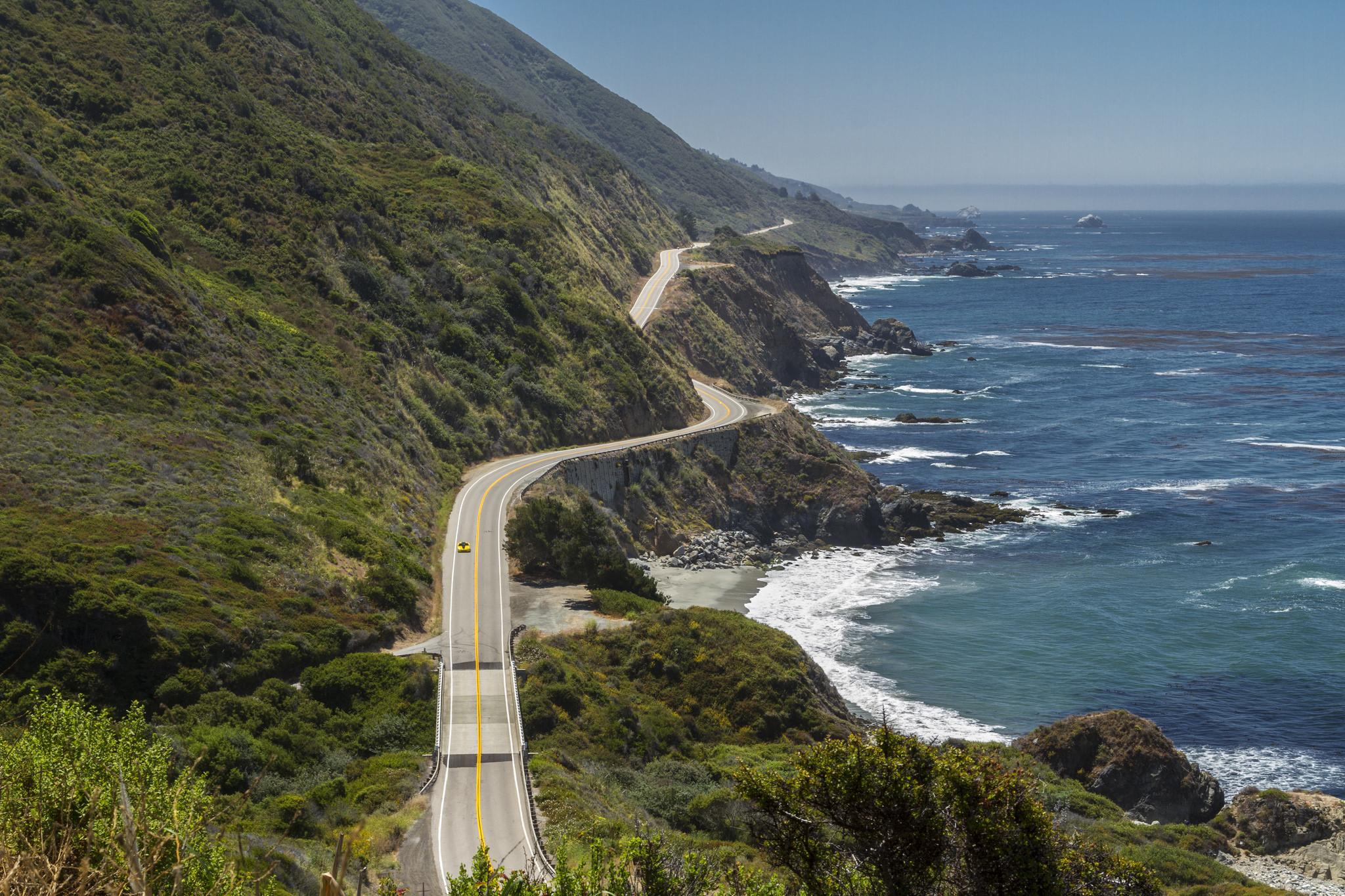
“Still, days like this, I feel like a million bucks,” says Doris Jolicoeur, who is also a manager at the inn, handing me a coffee as we sit in the shade outside Deetjen’s’ empty reception, a faint, fresh breeze rustling the leaves. It really is an impeccable day. The sky is blue and clear, letting the sun cast everything in the best possible light – a rich, royal shade of sea crashes against the cliffs, and the mountains are a wonderful deep green. All is quiet – no cars on the road, no scrum of tourists. “But when the storm was coming in, with all that wind and rain, I was frightened,” Doris, who looks younger than her 64 years, admits, reminding me how quickly serene Big Sur can change. She won’t hike the trail for fear she’ll be too tired to return. Joining us is Jim Hunolt, a local sculptor who stopped at Deetjen’s for a coffee in 1964 and stayed. “Big Sur is one part of California that’s still wild,” he says. “Mother Nature, when she stretches a little bit, takes control.”
Deetjen’s isn’t the only embattled business this side of the demolished bridge. “Most businesses here won’t be in a position to make a profit until the bridge reopens,” Kirk Gafill, president of the Big Sur Chamber of Commerce, tells me. “The viability of businesses until September has everything to do with how well prepared they were financially when they went into this.” Kirk, an affable chap dressed to hike the trail when I meet him, is also the third-generation owner of Nepenthe, the Big Sur restaurant known for past regulars like Henry Miller, and its starring role alongside Liz Taylor in 1965’s The Sandpiper. His grandparents first flung the doors open in 1949. Ordinarily, I’d be lucky to face a two-hour wait for a table. But this lunchtime, I have my pick of knockout Pacific views.
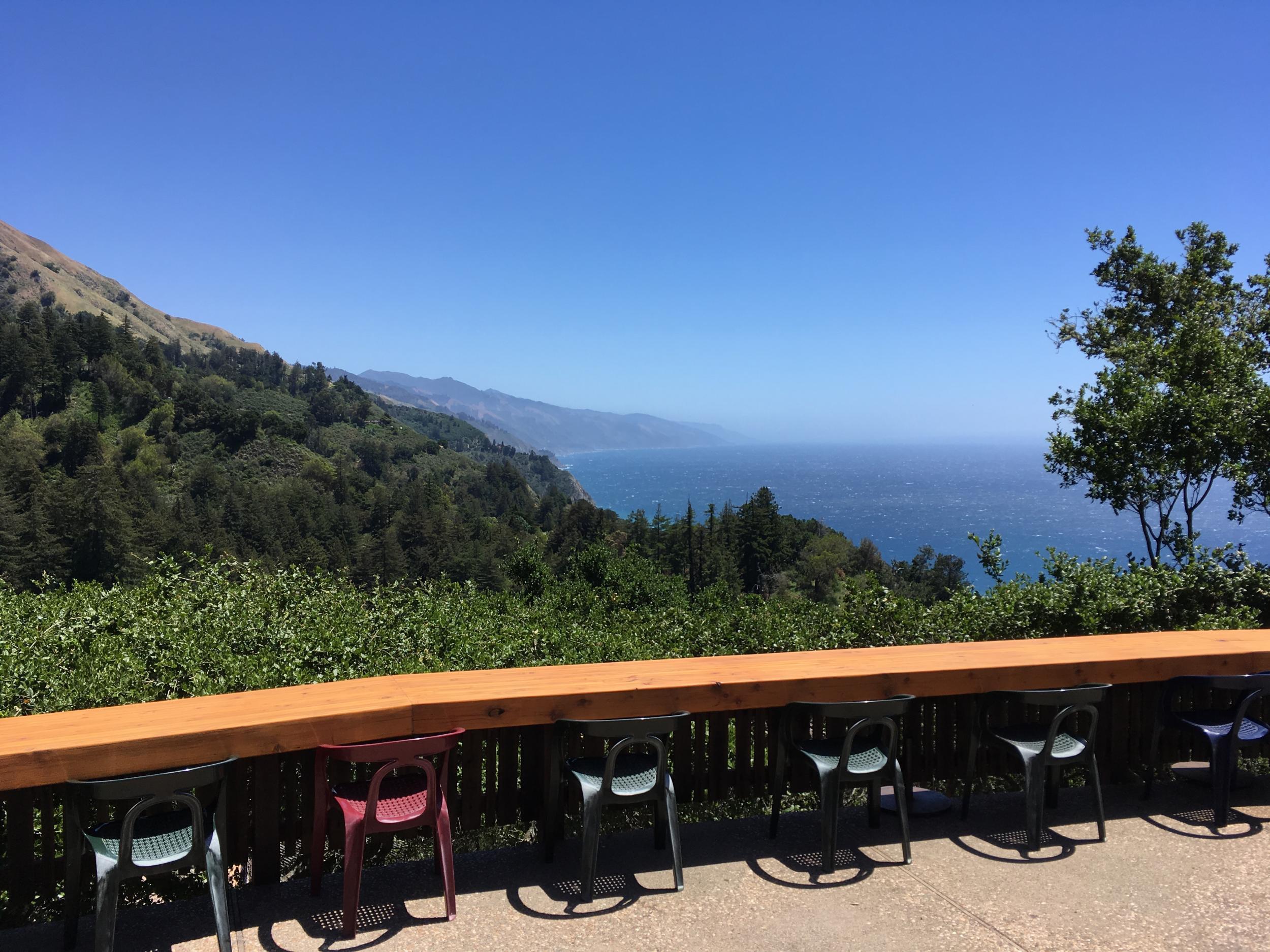
In normal circumstances, Kirk has 135 staff on the payroll; today, just 25. “Every day, we’re spending more money to remain open than we would be if we stayed closed,” he admits. But he wants the stranded community to have somewhere to go. He, too, defers to the wildness of Big Sur. “Mother Nature is certainly humbling us in a dramatic way right now. You just have to focus on trying to control what you can control. But some people are revelling in it – it’s a very simple life.”
True, there are silver linings. It’s Big Sur’s uncompromising isolation that has drawn so many here for so long – from hippies and artists inspired by its natural energies, to Hollywood stars and moguls escaping to multi-million-dollar hideaways with priceless vistas in its hills. But more recently, California’s drought has swelled the flow of tourists, stealing away the snow from major winter destinations like Tahoe, and “blessing” Big Sur with milder weather, transforming it from a seasonal getaway into a year-round attraction. Lack of proper infrastructure to cope with that influx – from adequate law and traffic enforcement to enough public bathrooms – has caused problems. It’s not uncommon for folks to park up in the middle of the highway for a selfie, or to reveal themselves on the roadside. “We are very much as under-resourced as we are perhaps over-visited,” Kirk allows. Some say that maybe Big Sur needed a break.
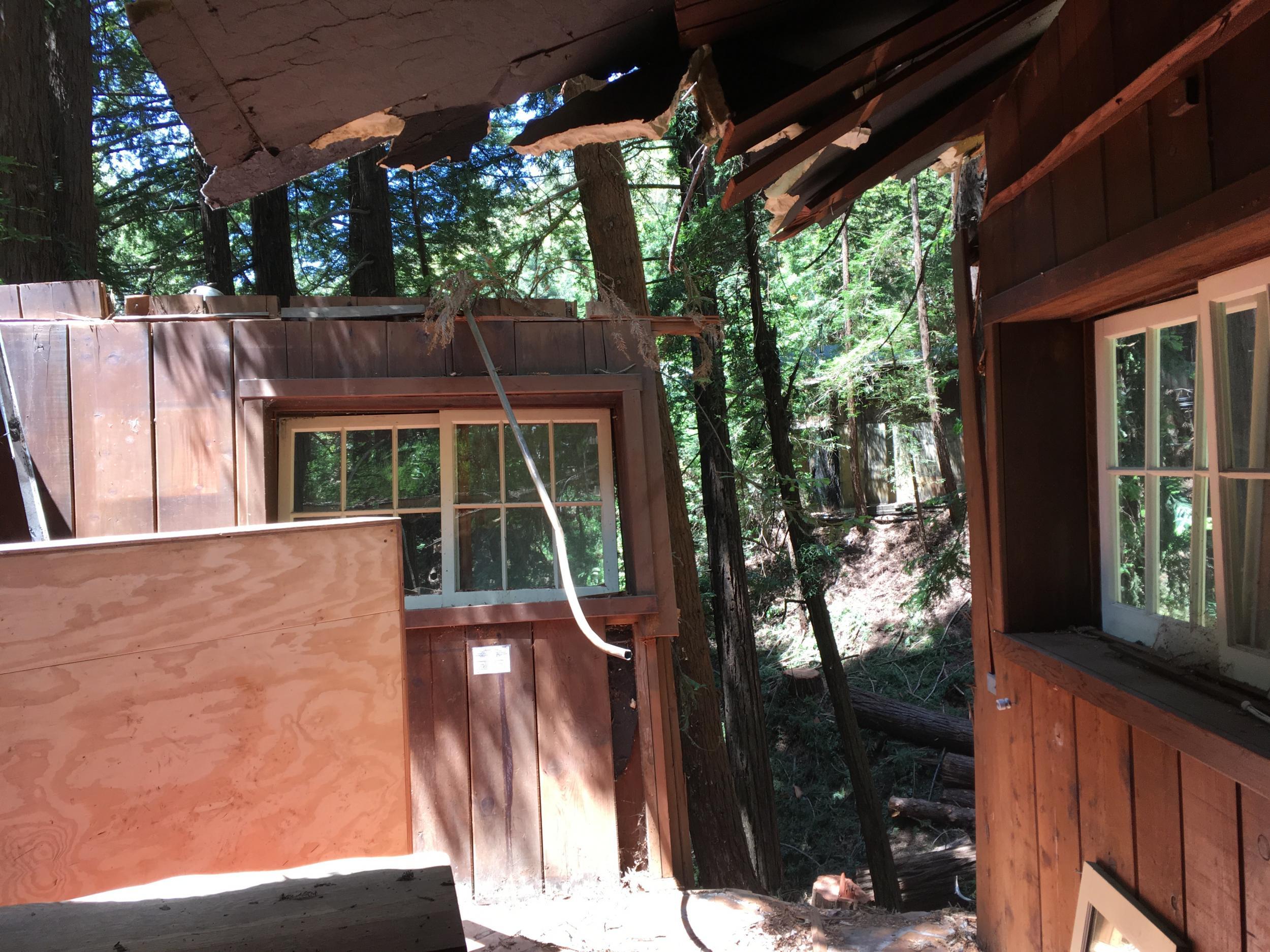
Carissa Chappellett, an attorney and artist who lives on a ranch by Pfeiffer Canyon, agrees the situation is bittersweet. “Days like this, there’s a feeling of, ‘What emergency?’” she says, the sun warming our faces as we share a basket of fries on Nepenthe’s deserted terrace. “But then you’re not a family of five having to hike everything they need over the trail.” A recent example of inconvenience: a family who hiked over in the dark of night so they could see their daughter in a school play. But the better moments include building the trail itself. Carissa met almost 100 neighbours she hadn’t known previously as everyone pitched in. A group of mums got together and hand-made 300 tamales to feed the volunteers. “And we started a band the first week of storm,” she laughs, recounting how she’s teaching a few local women to play guitar, with the aim of putting on a gig to celebrate when the bridge reopens. Sometimes there are pot-luck parties on the highway, she adds, the lines of traffic replaced with tables of food.
North of Pfeiffer Canyon, the cars are still coming, albeit in smaller numbers. The handful of restaurants and inns on this side remain open, but report a significant slowdown, seeing as visitors tend to want to drive the whole route, and so many places of interest now lie beyond reach. The tourist board, Visit California, is, of course, keen to encourage business-as-sort-of-usual, pointing to inland diversions and their “hidden gems”. “Must-see vistas such as Bixby Bridge are untouched by the storms,” says Caroline Beteta, president and CEO. “There’s plenty to see and do in Big Sur right now.”
Melissa Morris agrees. “It’s not so great for businesses, but it is great for visitors. It’s so quiet, there’s beautiful weather, it doesn’t take forever to get here because of traffic. You get to really enjoy it.” Morris is assistant general manager at Glen Oaks, which is lucky enough to be on the right side of the bridge, and is where I stay the night. True to her word, it’s pretty special. The property comprises an upscale motor lodge and a collection of cabins strewn along a river amid redwoods; my woodland cottage offers simple pleasures like a roaring fire and Scrabble, as well as up-to-date touches: Smeg fridge, gourmet s’mores kit to toast over the communal firepit, yoga mats. Dinner is easily procured down the road at Fernwood, where only a smattering of tables are occupied.
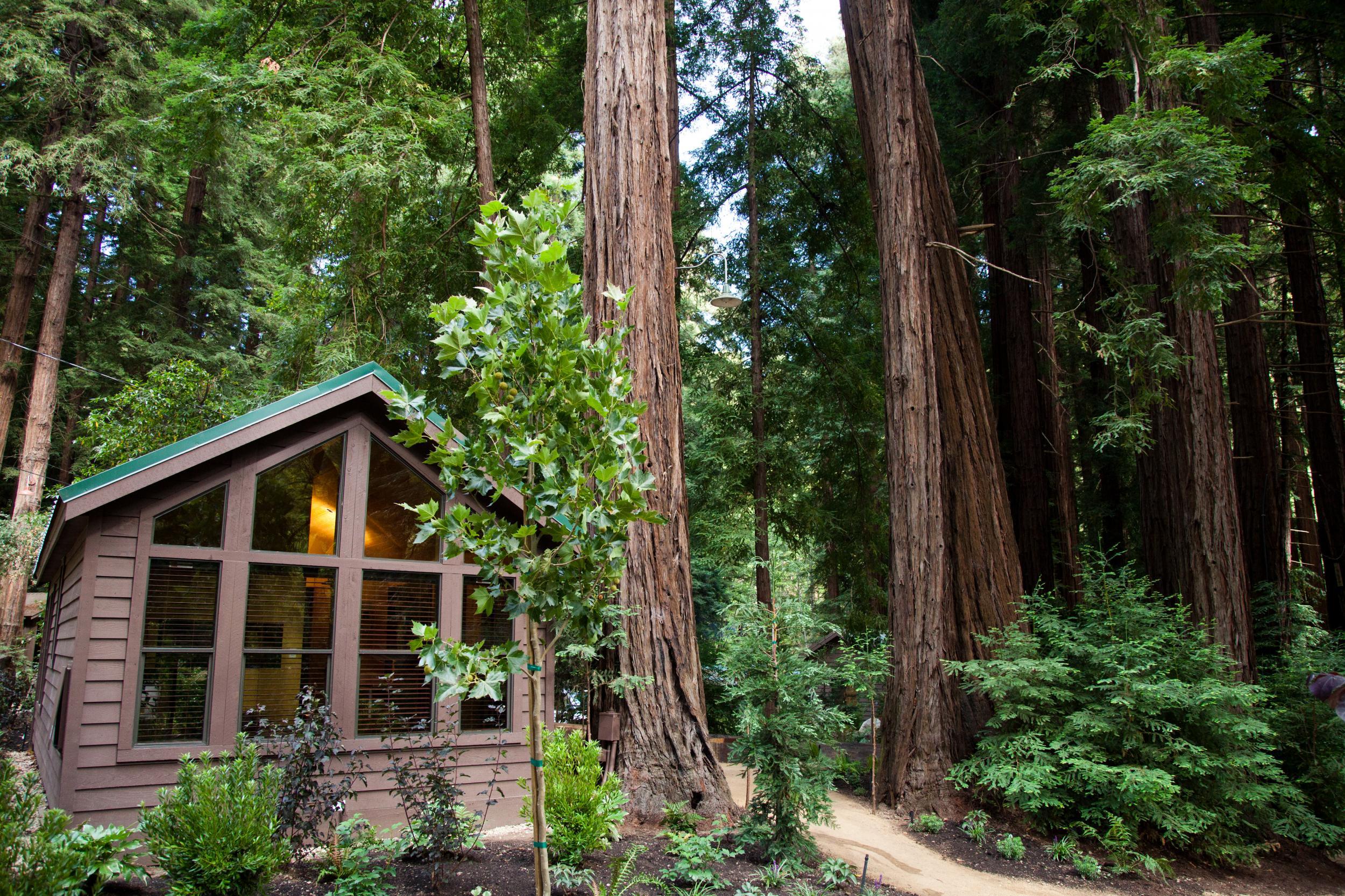
I meet Melissa over breakfast at Glen Oaks’ sister venue, Big Sur Roadhouse, where we linger over coffee and housemade doughnuts. She’s a third-generation local, and as such is accustomed to the area’s wild ways – she recounts a time when the road to her house was knocked out for a couple of months thanks to El Nino, and a night that a storm forced her to stay overnight at school. To live in this uncommonly beautiful place, she says, “you have to do your time”.
And that’s worth remembering. Because the tourists will come back. Car parks were said to be packed last weekend as Pfeiffer Big Sur State Park, accessible north of the downed bridge, reopened after sustaining damage in last summer’s fires and this winter’s storms. There is even talk of allowing tourists to use the residents-only access trail to reach “the island” and help keep the likes of Deetjen’s afloat – though for now, it’s just talk. But Big Sur has shown it won’t be taken for granted. You have to appreciate what you can get, and show some respect.
Travel essentials
Getting there
The nearest airport to Big Sur Valley is Monterey, about 50km away. British Airways (britishairways.com) flies from London Heathrow to Phoenix with a connecting flight to Monterey provided by American Airlines (americanairlines.co.uk), from £909 return. Alternatively, a direct flight to San Jose from London Heathrow with BA costs from £861 return; San Jose is a two-hour drive from Big Sur. The writer rented a car with Alamo, which offers car hire in California from £120 per week, including a free additional driver (alamo.co.uk/california).
Staying there
Rates at Glen Oaks start from $249.63 (£194.89) per night, including taxes, and complimentary coffee, tea and doughnuts at Big Sur Roadhouse each morning (glenoaksbigsur.com).
More information
For the latest updates on travelling in and around Big Sur, see visitcalifornia.com/big-sur
Join our commenting forum
Join thought-provoking conversations, follow other Independent readers and see their replies
Comments